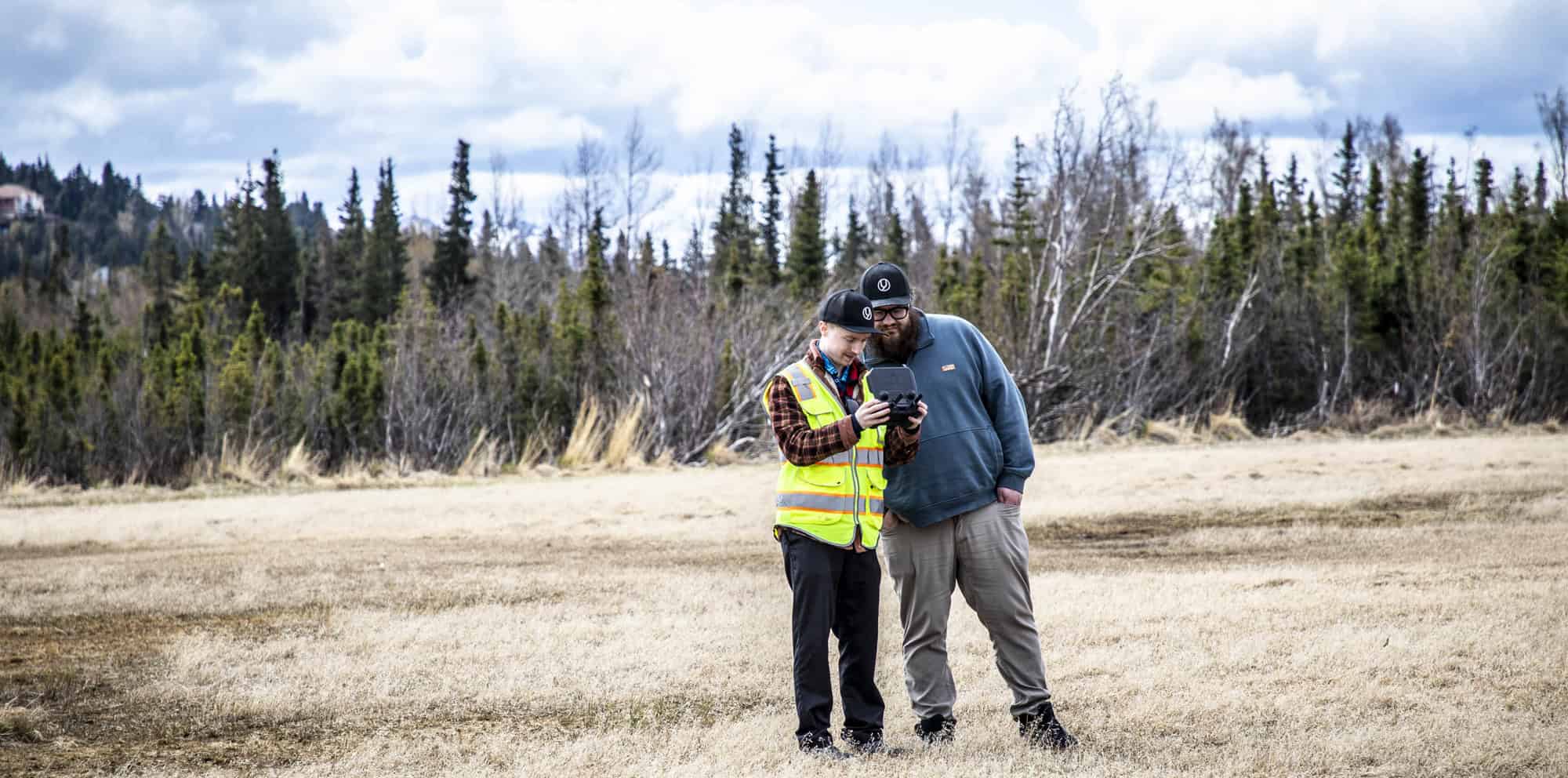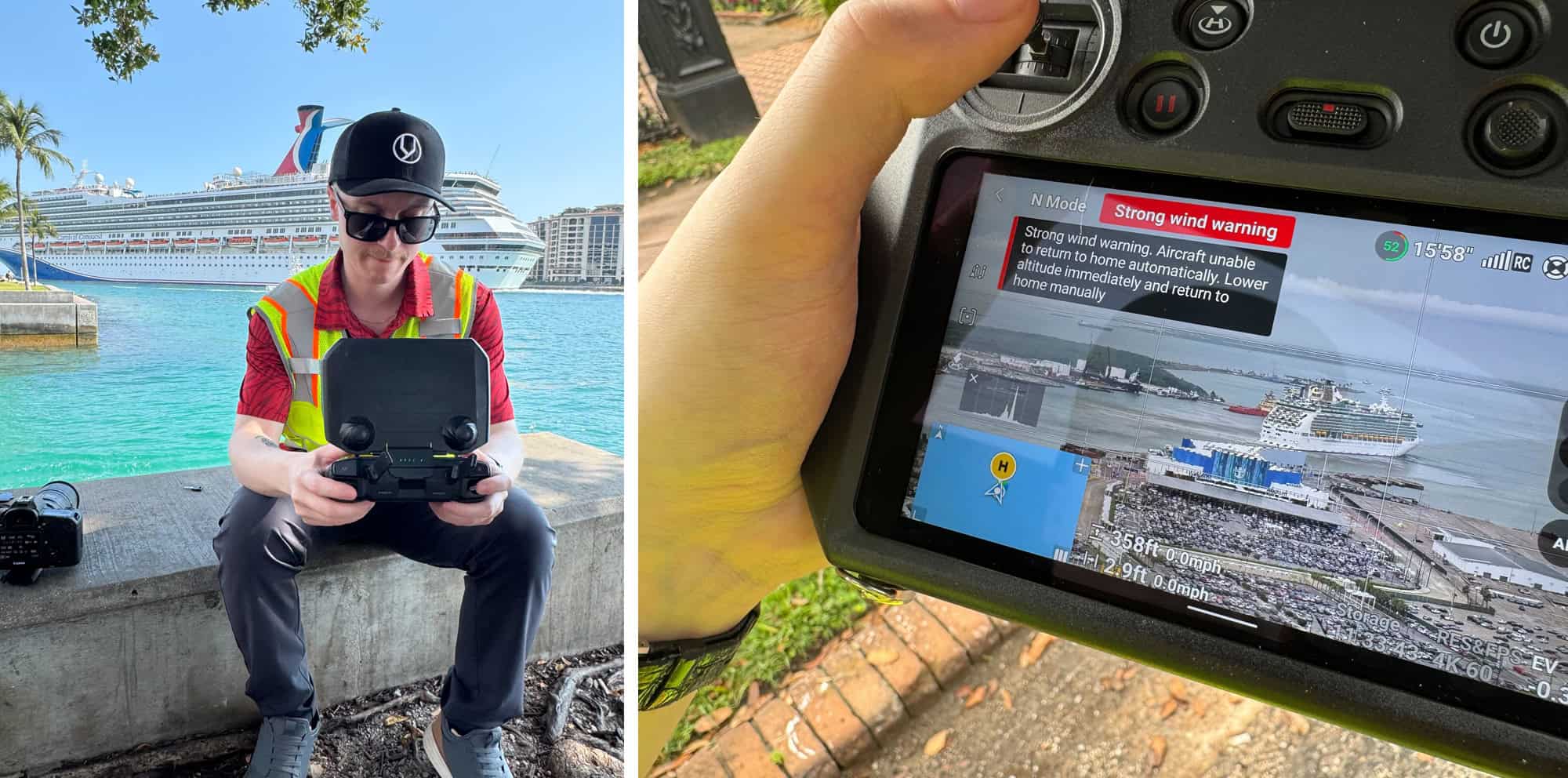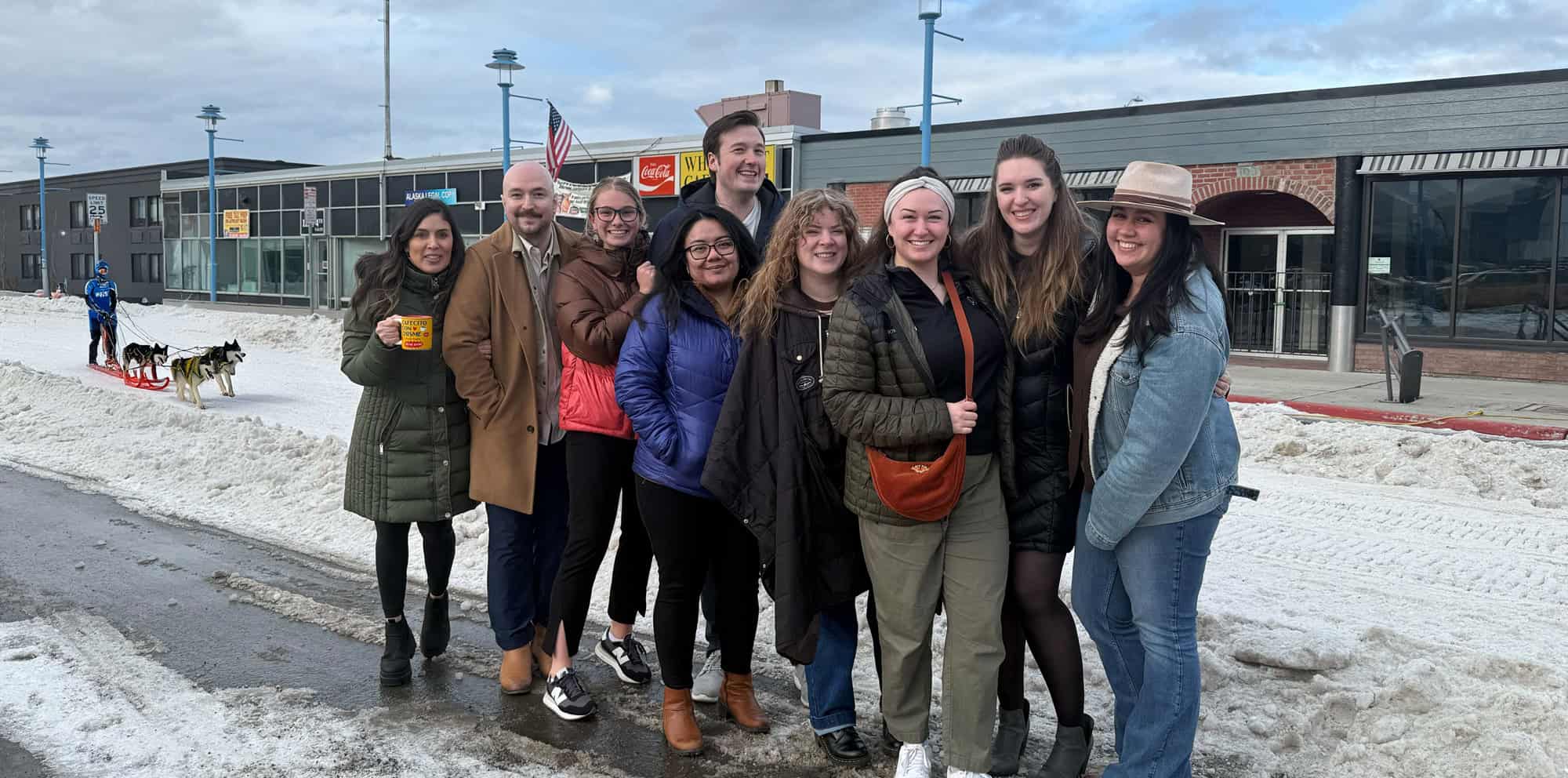
The PR To Move
Bridging divides with one face at a time.
Nearly a decade ago I volunteered to serve as the communications director for “One Anchorage” — a campaign that sought to persuade Anchorage voters to support a ballot initiative to add sexual orientation and gender identity to the city’s existing nondiscrimination ordinance. Despite a well-funded campaign, numerous volunteers, and a diverse base of support, we came up short on election night. Campaigns are uniquely emotional for professional communicators who are tasked with crafting the messages and tactics to win the hearts and minds of voters. As the first round of election results scrolled across the screen at Election Central that night, I remember feeling devastated, angry, and sad as the first round of voting results scrolled across the screens at Election Central. I needed to understand why most voters had rejected providing their LGBTQ+ neighbors the same protections against being fired, denied housing, and other discriminatory practices simply because of who they are. It turns out that I was part of the problem, because I neglected to share my own experience of being fired because of my sexual orientation. I showed up to battle having left behind the most powerful PR tool available – a personal story that builds awareness about an issue while drawing on our instincts to learn about and connect with others. The PR to move causes and campaigns is strongest when we help others look, listen, and learn through human experiences and perspectives that build awareness and draw people closer to us.
Through a series of post-election focus groups, I learned that many “in the middle” voters – the ones who almost always decide elections – did not see the need to change the city’s ordinance because they incorrectly assumed that the protections being sought were already guaranteed by the U.S. Constitution (you know, the “…all men are created equal part…”). But they also did not see the need for change because they were unaware of a problem that needed fixing. They did not see instances of discrimination in their community – the kind of discrimination that I had experienced. The cases of discrimination that I heard about in one-on-one conversations with other members of the LGBTQ+ community. I believe if more of us had been willing to share our stories the outcome could have been different, but even ten years ago there was a genuine concern about potential consequences, so these stories of personal persecution went untold.
In today’s highly polarized political environment where even lifesaving COVID vaccines can be intensely debated, it is more important than ever to include personal stories when trying to move audiences. A well-told story can break through the noise of any campaign because it draws upon our primal desire to exchange information with one another. Stories can help to humanize the facts, figures, and talking points that are difficult or tedious to convey. At Yuit, stories are at the core of most campaigns – including the Conquer COVID Coalition initiative to maximize COVID vaccinations in Alaska. They are the most important part of a comprehensive campaign to build awareness and engagement so lives can be saved and our community-at-large is better protected so it can more fully recover from the pandemic.
STORYTELLING TIPS
Thanks to social media platforms, using stories to boost campaigns is literally at your fingertips. Here are some simple tips for effective storytelling.
- Strategic Intent – Identify clear campaign barriers to define the types of stories and storytellers needed using available research.
- Define Messages – Understanding the key messages that need to be part of the story is essential to supporting campaign objectives. We all love a good story, but in the context of a campaign, any and all content must remain on point.
- Avoid Over Scripting – The most compelling stories are in the hearts, minds, experiences, and perspectives of the storyteller. Allow them the space to organically share using thought-provoking questions as opposed to scripted lines.
- Anyone Can Be A Storyteller – PR campaigns like to use known and credible spokespersons to help influence audiences (former political figures, athletes, celebrities, etc.). Be open to everyday people within the audiences being targeted. Seek them out and give them a spotlight and mic to help your cause. That being said, make sure to know if your storyteller has any “issues” that might detract or jeopardize your cause.
- Emotional Connections – At Yuit we primarily use video for storytelling because it allows for a more emotionally impactful experience – an effective way to garner attention and influence actions. Find the most appropriate platform for your audience, storyteller, and campaign objectives. Events, speeches, earned media, and other in-person avenues can create opportunities to connect and influence.
- Keep It Simple – The best stories for PR campaigns are shorter (suited for audience attention spans and social platforms). Avoid overloading stories with technical content that can quickly transform an impactful opportunity to an academic exercise.
THE POWER OF PR & STORIES TO MAKE A DIFFERENCE
I love leveraging PR and storytelling to help make a real and lasting impact in our community. At Yuit, helping clients and non-profit organizations further their causes is a core value – whether it involves raising awareness and funding for the American Cancer Society, STAR, or the Anchorage Museum. Even with contentious issues such as racial justice and COVID, PR and personal stories can help bridge gaps and affect positive outcomes.
A colleague recently shared a story about Viola Fletcher – a 107-year-old survivor of the 1921 Tulsa Massacre. Ms. Fletcher recently testified before Congress about her childhood experiences during that tragic event and how the trajectory of her entire life had been changed. This unknown woman’s story gave me a more profound understanding of the Tulsa Massacre than the textbook summary I had learned about previously. Her willingness to share her story will certainly help move forward efforts to gain reparations. She was simply given the opportunity and platform to speak from her heart and mind and in doing so, this historical event is now a human experience that captured the hearts and minds of her audience.
After the One Anchorage loss, I committed to sharing my story of discrimination whenever appropriate and I have done so many times, including with senators and representatives on behalf of HRC in support of federal equal rights legislation. In many ways, we are more tribal than ever. But PR can truly make a difference in bringing people together if it is fueled by the power of a good story.




